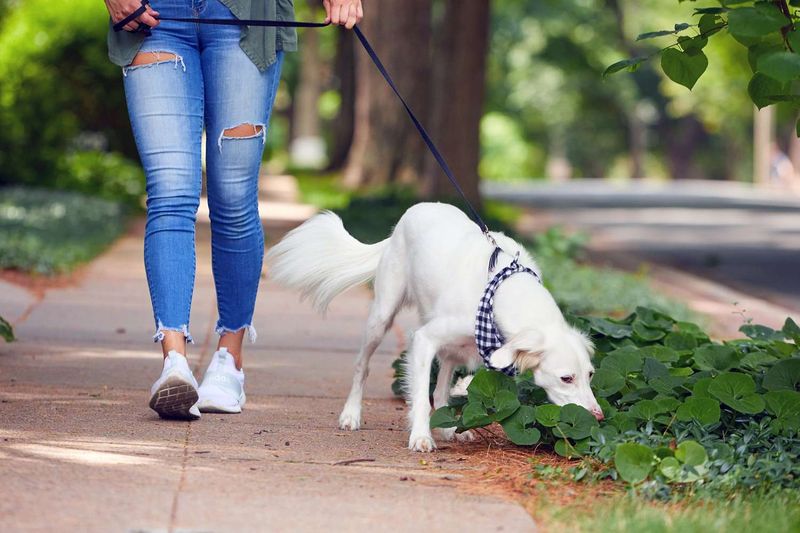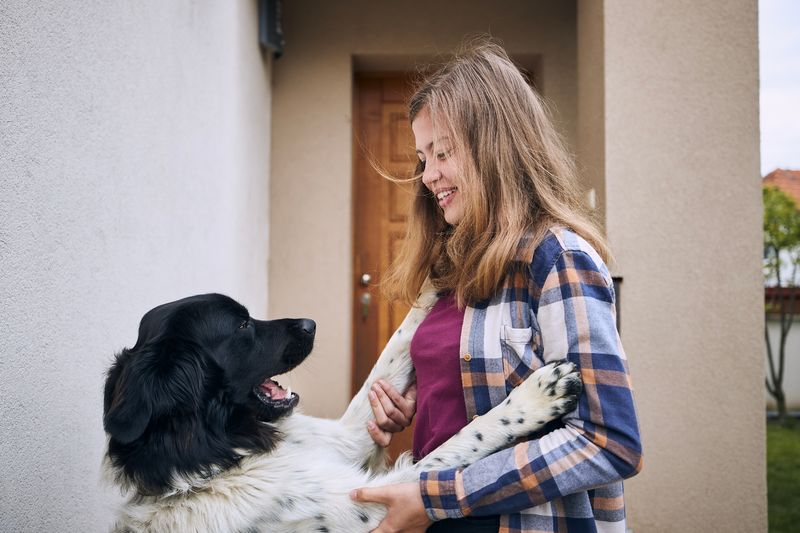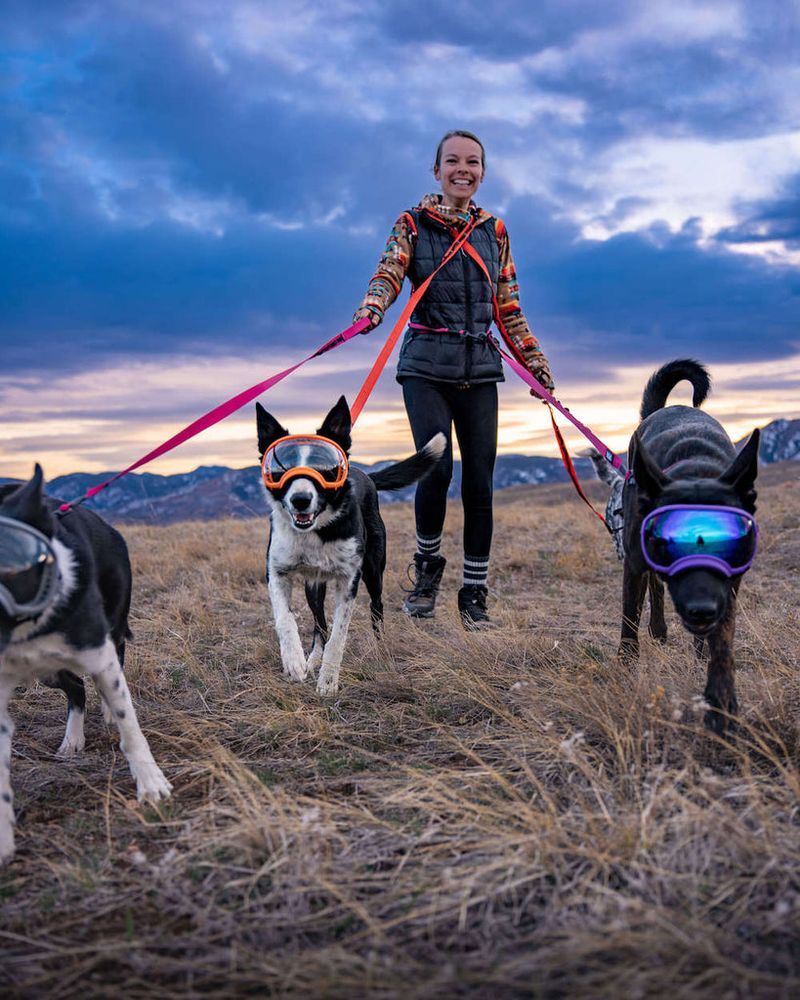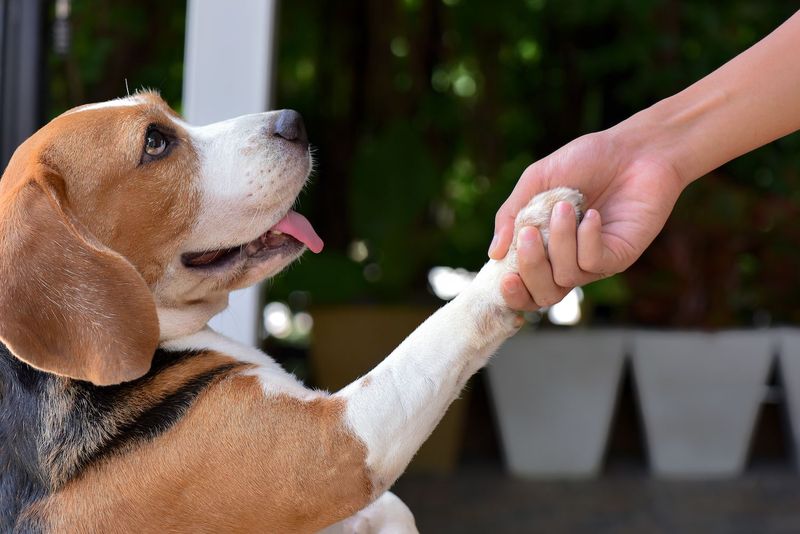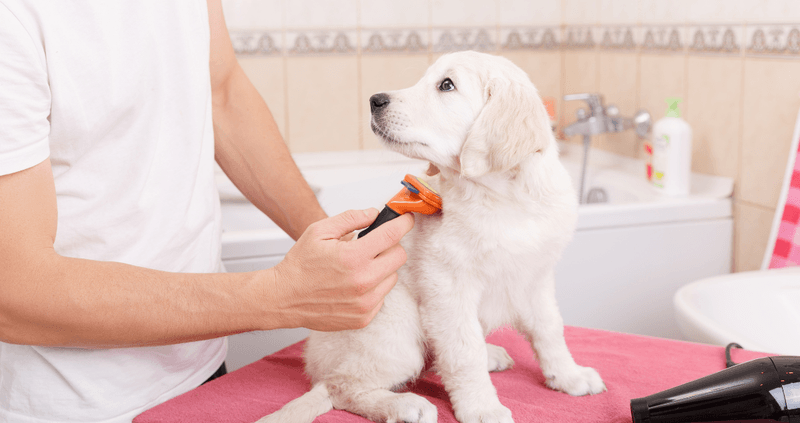Your Dog Is Secretly Begging You to Do These 12 Things
Dogs communicate with us in ways far beyond barking and tail wagging. Every day, your furry friend is silently begging you to fulfill their deepest desires—for happiness, comfort, and a sense of belonging. While they can’t speak our language, they express their needs through subtle body language, behavior changes, and those soulful eyes that always seem to say more than words ever could.
As pet parents, we often focus on the basics: food, shelter, and the occasional walk. But dogs thrive on so much more—mental stimulation, affection, routine, and freedom to express their instincts. When these needs are overlooked, even unintentionally, it can lead to boredom, stress, or behavioral issues that leave both dog and owner frustrated.
The good news? Meeting your dog’s deeper needs isn’t complicated. It just takes a little awareness and a willingness to shift from routine care to truly enriched companionship. Understanding these often-missed cues can lead to a stronger bond, a more obedient pet, and a much happier pup.
Ready to see your dog’s tail wag with real joy? These 12 things are what your dog loves—but chances are, you’re not doing them nearly enough.
1. Let Their Nose Lead the Way
Walking your dog isn’t just about exercise—it’s a sensory adventure. When you allow your pup to sniff freely during walks, you’re giving them access to their version of social media, news, and entertainment all rolled into one.
Dogs experience the world primarily through their noses, with up to 300 million scent receptors compared to our measly 6 million. Each smell tells them who’s been around, what’s happening in the neighborhood, and even emotional states of other animals.
Regular sniff breaks reduce anxiety and fulfill natural instincts. Next time your dog pauses to investigate a seemingly ordinary spot, remember they’re reading a fascinating story you can’t see.
2. Put Down the Phone and Play
Your dog watches you scroll for hours while their favorite toy sits untouched. What they really want? Your undivided attention during playtime. Those few minutes of focused play create stronger bonds than hours of distracted petting.
Active play sessions release feel-good chemicals in your dog’s brain, reducing behavior problems caused by boredom and pent-up energy. Whether it’s fetch, tug-of-war, or a good old chase around the yard, your participation matters more than the game itself.
Try setting aside your devices for just 15 minutes twice daily for dedicated play. You’ll likely notice positive changes in your dog’s behavior—and maybe even your own mood!
3. Explore New Territories Together
Dogs thrive on novelty just like humans do. Taking your furry friend to explore new parks, trails, or even just different neighborhoods provides mental stimulation that prevents boredom and destructive behaviors.
Fresh environments offer new scents, sights, and experiences that keep your dog’s brain active and engaged. These adventures also strengthen your bond as you navigate new territories as a team. Even senior dogs benefit from occasional changes of scenery, though they may prefer shorter, gentler explorations.
Start small with nearby locations if your dog is anxious, gradually expanding their comfort zone. The excitement in their eyes when discovering something new is worth the extra effort of venturing beyond your usual route.
4. Keep Their Minds Sharp with Training
Your dog secretly craves the mental workout that comes from learning new commands and tricks. Regular training sessions stimulate their brain in ways that physical exercise alone cannot match.
Even older dogs benefit from short, positive training periods that reinforce existing skills or introduce new challenges. Five minutes of focused training can tire out a dog more effectively than a long walk sometimes! Beyond mental exercise, these sessions build confidence and strengthen communication between you.
Mix up commands they know with new challenges to keep sessions interesting. Use high-value treats for harder tasks, and always end on a success. Their proud expression after mastering something new shows how fulfilling learning is for them.
5. Challenge Their Problem-Solving Skills
Dogs have impressive cognitive abilities that need regular exercise. Puzzle toys and brain games prevent boredom while satisfying their natural problem-solving instincts. When you provide mental challenges, you’re acknowledging your dog’s intelligence and need for stimulation.
Start with simple food puzzles where they need to figure out how to access hidden treats. Gradually increase difficulty as they master each level. Rotating different types of puzzles keeps the challenges fresh and engaging.
Many behavior problems stem from boredom rather than disobedience. A mentally tired dog is typically a well-behaved dog! Watch their satisfaction when they finally solve a tricky puzzle—it’s the canine equivalent of completing a crossword.
6. Embrace Their Doggy Nature
Sometimes your pup just needs permission to be a dog. Rolling in grass, digging (in appropriate spots), and even the occasional bark are natural behaviors that satisfy deep instinctual needs.
Creating safe outlets for these behaviors prevents frustration and anxiety. Designate a digging zone in your yard or provide a sandbox specifically for this purpose. Allow supervised off-leash time in secure areas where they can run, explore, and express their full personality.
Respecting their natural behaviors doesn’t mean allowing destructive habits. Instead, it means finding acceptable ways for them to express normal canine behaviors. Your dog will be more relaxed and better behaved when they don’t have to suppress their fundamental nature.
7. Stick to a Reliable Schedule
Dogs find tremendous comfort in knowing what comes next. A consistent daily routine helps your pet feel secure and reduces anxiety-related behaviors like excessive barking or destructive chewing.
Regular meal times, walks, play sessions, and bedtime create a framework that your dog can count on. This predictability is especially important for dogs with past trauma or those prone to nervousness. They may not wear watches, but their internal clocks are remarkably accurate!
While maintaining structure, build in flexibility for unexpected changes. Gradual adjustments to routines are better than sudden shifts. The relieved look on your dog’s face when dinner arrives right on schedule shows just how much they appreciate your consistency.
8. Take Them on Joyrides
Many dogs absolutely love car rides, even when there’s no particular destination. The rush of air, interesting smells, and changing scenery create a sensory wonderland that brightens their day immeasurably.
Short drives can serve as mini-adventures for dogs who enjoy travel. The excitement of sticking their head out the window (safely, of course) or simply watching the world zoom by provides mental stimulation and novel experiences. For anxious travelers, gradually increase drive length and offer special treats to create positive associations.
Remember that temperature safety is crucial—never leave them unattended in a car. A weekly “nowhere special” drive might seem small to you, but for your dog, it’s an extraordinary break from backyard monotony.
9. Make Grooming a Spa Experience
Regular grooming is necessary for health, but it can also be something your dog actually enjoys! Creating positive associations transforms brushing from a chore into bonding time that your pet looks forward to.
Use gentle tools appropriate for your dog’s coat type, and introduce them slowly with treats and praise. Keep sessions short and pleasant at first, gradually increasing duration as your dog becomes more comfortable. Brushing removes loose fur that can cause skin irritation and reduces shedding around your home.
Many dogs learn to love the attention of grooming sessions when approached correctly. The secret is patience and positive reinforcement. A massage with a grooming mitt or soft brush mimics the social grooming dogs naturally do with trusted companions.
10. Give Them the Gift of Touch
Dogs crave physical contact beyond basic petting. Gentle massages release endorphins and strengthen your bond while helping you notice any unusual lumps or tender spots early.
Learn simple canine massage techniques that target your dog’s shoulders, back, and hips—areas that commonly hold tension. Use slow, gentle strokes rather than vigorous scratching. Watch their body language to see what pressure and locations they prefer.
Touch is particularly important for senior dogs who may have achy joints or dogs recovering from illness. Even a few minutes of focused, gentle contact daily can significantly improve their emotional well-being. The deep sigh of contentment during a good massage session tells you everything about how much this means to them.
11. Speak Their Language
Your voice is music to your dog’s ears, even when they don’t understand every word. Regular conversation helps them feel included in your life and strengthens your connection through familiar vocal patterns.
Dogs recognize tone, rhythm, and certain words, developing an impressive vocabulary of human terms. Talking to them throughout the day—explaining what you’re doing or asking questions—provides social interaction and mental stimulation. Many dogs respond differently to excited tones versus calming ones.
Reading aloud is perfect practice for anxious speakers while giving your attentive canine audience quality time. The head tilt they give when you speak directly to them isn’t just adorable—it’s their way of showing they’re processing your communication and engaged with you.
12. Respect Their Rest Time
Dogs need substantial sleep—12 to 14 hours daily for adults and even more for puppies and seniors. Respecting this need means creating quiet spaces and recognizing when your pet needs uninterrupted downtime.
Quality sleep supports immune function, behavior, and overall health. Many owners don’t realize their well-meaning interruptions or noisy environments can prevent dogs from getting the deep rest they require. Provide a comfortable bed in a low-traffic area where your dog can retreat when tired.
Learn to recognize the signs that your dog needs rest, like seeking isolation or becoming cranky. Teaching children to respect a sleeping dog’s space is essential for both safety and ensuring your pet gets adequate rest. Your dog will be more energetic and balanced when their sleep needs are consistently met.

